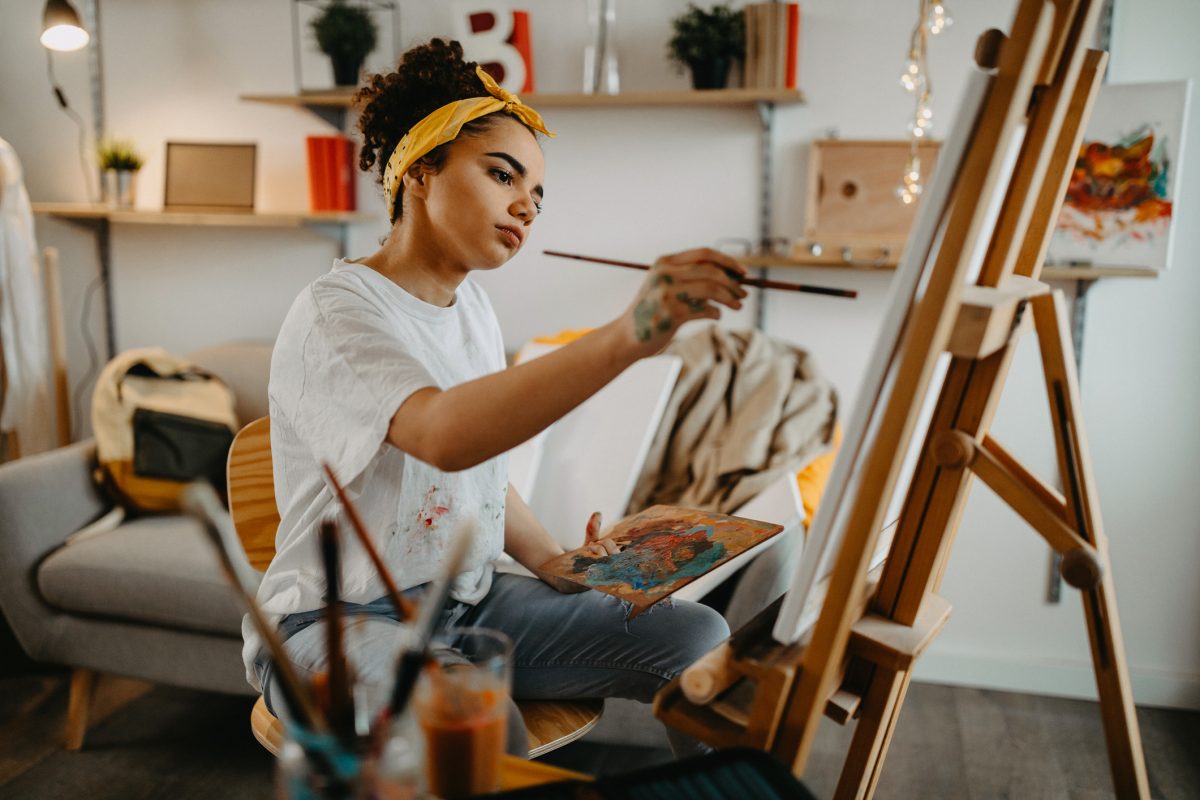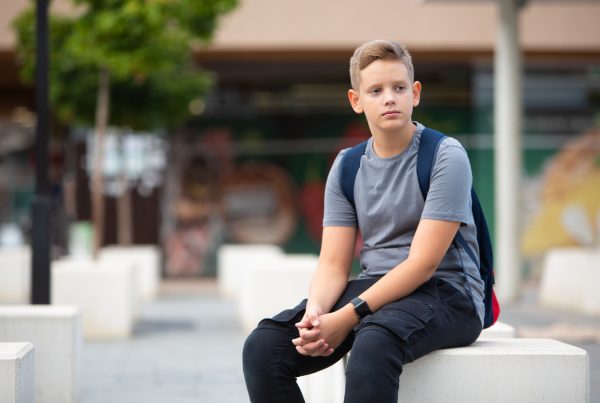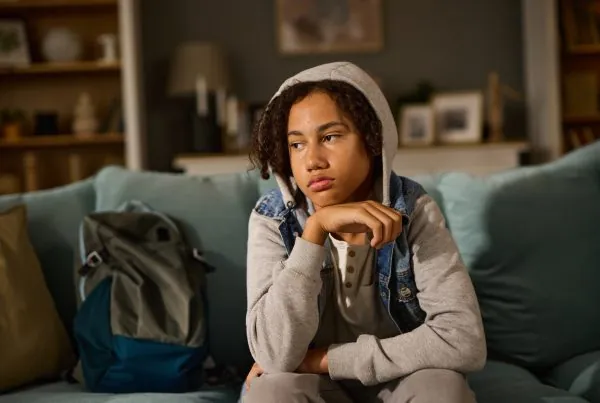Art therapy activities for teens might not be one of the first modalities that come to mind when working to treat and address mental health issues, but it is an often-underrated tool in the management of depressive symptoms, anxiety problems, low self-esteem, and stress.
The therapeutic value of engaging with art in any shape or form – from performance arts like acting and dancing to visual art, such as sketching or sculpting – is immense. Research shows that the use of art in a clinical setting helps improve mental health, including cognitive and sensory functions, improve self-awareness, improve emotional resilience, and enhance critical social skills. Art therapy also helps individuals hone their stress management skills and develop healthier alternatives to maladaptive coping styles.
How Do Art Therapy Activities for Teens Help?
Implementing art therapy is not quite as simple as sitting someone down with a sketch pad and a piece of charcoal. The therapeutic element comes in the form of professional guidance – trained therapists use special prompts and cues to engage with patients and help them utilize art therapy to productively work through specific fears, issues, questions, obsessions, and behavioral issues.
Utilizing art to relate to a patient who might not get the most out of a typical talk therapy session is one of the crucial benefits of art therapy – because it does not rely on a rigid dialectic system and is applicable across hundreds of mediums, it is one of the most versatile modalities in a therapist’s toolkit.
Many teens are young enough to have talents they’ve never tapped into, and art therapy allows them to not only continue to explore their fears and worries in ways they might not previously have been able to, but it may also prove to unlock a lifelong passion for a medium they might never have heard of, or shown any interest in.
A teen with no experience in drawing might find themselves enraptured by the tactile experience of working with coffee stains, stamps, collages, or even decorative food items. The flexibility and total creativity embodied in art therapy mean teens can find ways to express themselves with no filters, restrictions, or worries.
Different Ways to Apply Art Therapy Activities for Teens
While there are dozens of ways to utilize art therapy activities for teens in a therapeutic setting, some are more commonplace and popular than others. Let’s explore a few different art modalities and how they can help teens in treatment.
1. Journaling
Yes, journaling can be considered art therapy and can play an important role as an introductory element to self-reflection and mindfulness in treatment. Therapeutic journaling can mean a lot of things depending on the direction the patient wants to take the activity – some people turn to journaling as a means of authoring a private diary to compile their thoughts and readdress their impulses, intrusive compulsions, or uncontrolled behaviors. Some people take to journaling as a stream-of-consciousness stress relief tool, being able to “let loose” on paper.
Journaling doesn’t need to involve first-person accounts. It can be prose, a third-person narrative, or a pseudo-autobiographical work. Imagine telling a story based on your experiences but with a fantastical element to work towards a narrative realization you might not have had if you simply retold what happened. Life isn’t a narrative, but we can practice learning to draw positive conclusions from our struggles through such an approach.
The ability to write creatively isn’t a prerequisite for successful journaling. In some cases, teens can benefit from journaling simply by using it to create lists – to-do lists, whether daily, short-term or even long-term, can help people prioritize their tasks and bring order into their day-to-day.
2. Photography
The vast majority of art therapy is visual. But it doesn’t always need to come in the form of drawing or painting. Some people prefer to use a frame – such as a photograph – to create their art.
Photography can be an excellent exercise in the importance of perspective, helping teens learn to shape a situation into an image they can be proud of and, in turn, find ways to identify positive aspects in their own life.
Photography as an art can also be something teens can engage in wherever and whenever they want, using tools they might already have at their disposal – while it’s no replacement for a DSLR, most modern-day smartphones are capable of some truly surprisingly high-quality photography and can serve as an entryway to more complicated photoshoots in the future.
3. Drawing and Painting
Over 80 percent of art therapy research focuses on the benefits of visual art mediums like drawing or painting, with various materials, from watercolors to oil or acrylic.
Not only can visual art help teens express themselves in ways they might not be comfortable doing during talk therapy, but it can be a useful stress relief option with no ill side effects while significantly improving mental well-being.
4. Other Forms of Visual Art
Art is free form, and there are many ways your teen might find relief or comfort in creating something of their own, whether it’s through 3D computer graphics programs like Blender or Source Filmmaker or physical sculpting, woodworking, carpentry, and so on.
5. Making or Playing Music
While some of the mechanisms behind how music helps address depression and other mental health issues remain unknown, we do know that music therapy can be a tremendous tool in treating mental health symptoms and improving the well-being of patients with conditions like depression and anxiety.
Most teens will not be surprised to hear that what kind of music you listen to can have an effect on how you feel, both positive and negative. But there’s a special interaction between mental health and playing an instrument, whether that means creating your own music or playing a melody you know or have learned.
6. Drama and Acting
Acting is art, and as a therapeutic method, acting has far more research behind it than you might expect. Acting for therapy – usually in the form of group roleplays, one-on-one roleplaying, or even in the context of preparing for a dramatic play – can help teens and patients express themselves in ways they might not otherwise feel comfortable. By playing a role rather than being yourself, you can inject parts of your own character into the role without feeling compromised.
This allows for a unique form of self-expression where a teen can freely explore their emotions without feeling like they are betraying their innermost secrets.
Get Mental Health Treatment for Teens
Art therapy activities for teens are most useful when treated as a modality – as one part of a greater whole.
For more information about teen mental health and treatment, visit Visions Treatment Centers today.








